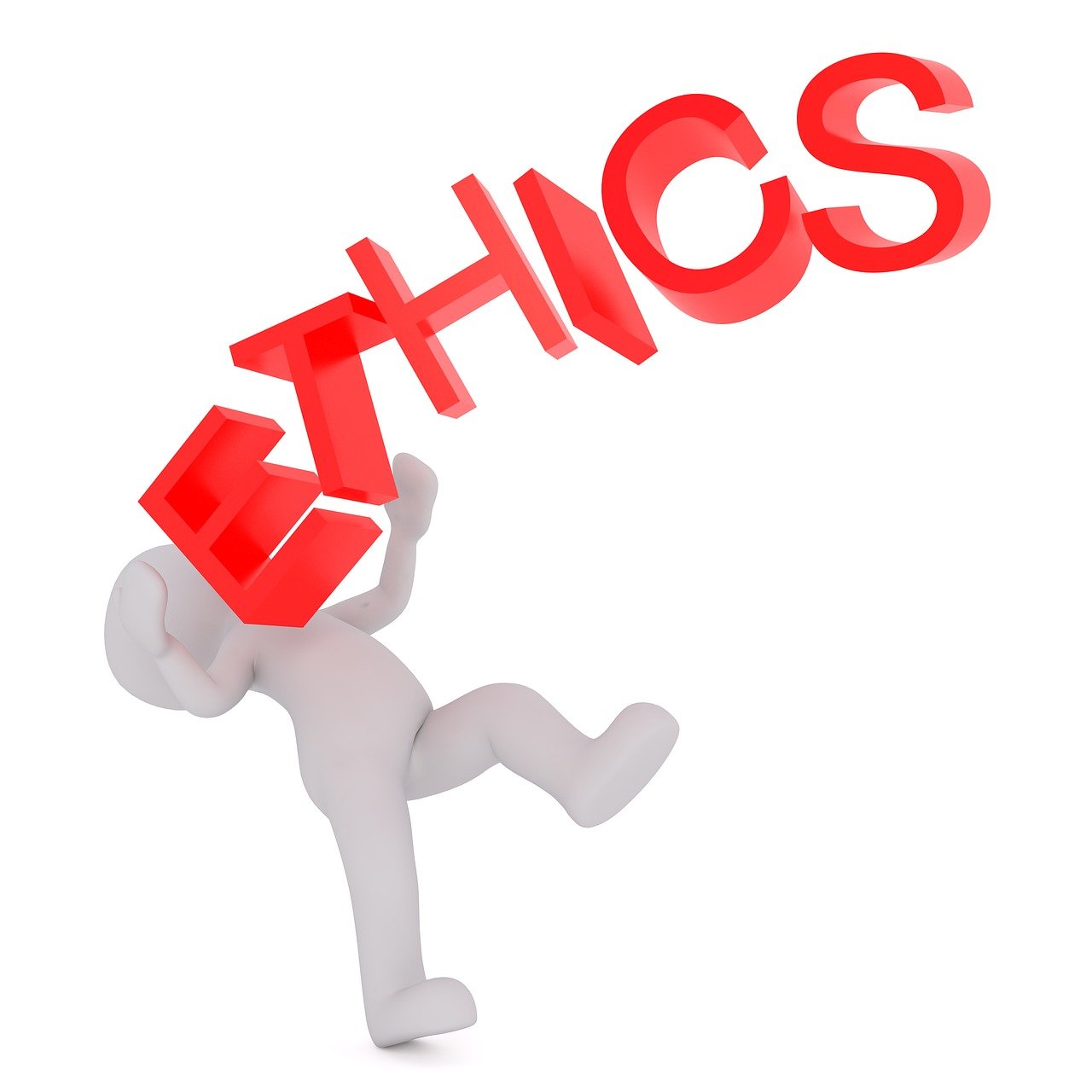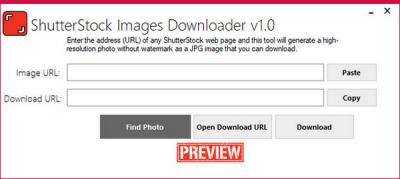Looking to enhance your project with high-quality images? Shutterstock is one of the most popular platforms for finding stunning photos, illustrations, and videos. But before you start downloading, it’s important to understand how their licensing works. Shutterstock offers various licensing options tailored to different needs, whether you’re creating a personal blog or a commercial campaign. Knowing these options helps you stay legal and respect creators’ rights. Let’s explore what
Understanding Copyright Laws and Ethical Image Usage

When it comes to using images, respecting copyright laws is crucial. Copyright grants creators the exclusive right to reproduce, distribute, and display their work—meaning you can’t just use any image you find online without permission. Ethically using images involves more than just avoiding legal trouble; it’s about respecting the effort and rights of the original creators.
Here’s what you should keep in mind:
- Always check the license: Shutterstock provides clear licensing information. Make sure the image’s license covers your intended use.
- Use images within the license scope: Some licenses allow commercial use, while others are limited to personal or editorial use. Using an image outside its license can lead to legal issues.
- Avoid copyright infringement: Never modify or distribute images in ways that violate the license or copyright.
- Give credit when required: Some licenses or platforms may ask for attribution. Always follow the platform’s guidelines or licensing terms.
By understanding copyright laws and respecting licensing agreements, you ensure your work remains ethical and legally sound. This not only protects you but also supports the talented creators behind the images you love to use. When in doubt, contact the image owner or opt for images explicitly labeled for your intended use.
How to Legally Obtain Shutterstock Images for Your Projects
Getting hold of Shutterstock images the right way is super important—not just to stay on the right side of the law, but also to respect the hardworking creators behind these images. Luckily, Shutterstock makes it pretty straightforward to access their vast library legally. Here’s how you can do it:
1. Purchase a License
The most common and recommended way is to purchase a license directly from Shutterstock. When you buy an image, you’re essentially paying for the rights to use that image in your project, whether it’s a website, a presentation, or marketing material. Shutterstock offers different licensing options, mainly:
- Standard License: Suitable for most uses like websites, social media, and printed materials with limited copies.
- Enhanced License: Best for high-volume printing, merchandise, or uses that might involve more extensive distribution.
Choosing the right license ensures you can use the image without any worries about copyright infringement. Plus, it gives you peace of mind knowing you’re supporting photographers and artists.
2. Subscribe or Purchase Credits
Shutterstock offers flexible plans—either a subscription or a pay-as-you-go credit system. With a subscription, you get a set number of downloads per month, perfect if you need images regularly. Credits can be purchased for single or multiple downloads, which is handy for one-off projects. Make sure to select the plan that best fits your needs to avoid overspending.
3. Use Free Resources from Shutterstock
While Shutterstock is primarily a paid service, they also sometimes offer free images through promotions or their free collection. Just be cautious and always check the licensing details attached to these free images—some may require attribution or have restrictions.
4. Respect Licensing Terms
Once you’ve obtained an image, read the licensing agreement carefully. It will outline exactly how you can and cannot use the image. For example, some licenses prohibit resale or use in sensitive contexts. Staying within these boundaries protects you and the creators.
5. Consider Custom Licensing for Special Uses
If you have a unique project or need to use an image in a way not covered under standard licenses, reach out to Shutterstock for custom licensing options. They’re usually happy to accommodate special requests to ensure you can use the images legally.
Tips for Using Shutterstock Images Responsibly and Respectfully
Using Shutterstock images responsibly isn’t just about legality—it’s also about respecting the creators and maintaining your own credibility. Here are some practical tips to help you do just that:
1. Always Credit When Required
Some licenses or free images may ask for attribution. If that’s the case, make sure to give proper credit to the photographer or Shutterstock. A simple attribution like “Image by [Photographer’s Name] via Shutterstock” goes a long way in showing respect.
2. Avoid Overusing or Misrepresenting Images
Be mindful of how often and in what context you use Shutterstock images. Avoid using the same image repeatedly across different projects, and don’t manipulate images in a way that misleads or misrepresents the original content. Authenticity builds trust with your audience.
3. Respect Privacy and Sensitive Subjects
If an image features recognizable people, make sure you have the right to use it, especially in sensitive contexts. Shutterstock images often include model releases for this purpose. Using images responsibly involves considering how the subject might feel about their likeness being used.
4. Keep Track of Licenses and Usage
Maintain records of your licenses and where you’ve used images. This can help if you ever need to prove you had the right to use an image or if questions arise about licensing compliance.
5. Educate Your Team
If you work with a team or collaborate with others, ensure everyone understands the importance of respecting licensing agreements and using images ethically. Clear guidelines help prevent accidental misuse and protect your brand’s reputation.
6. Support Creators
Finally, remember that behind every Shutterstock image is a talented photographer or artist. By purchasing images legally and respecting licensing terms, you’re supporting their creative efforts—something that benefits everyone in the long run.
Alternative Resources for Free and Ethical Stock Images
Looking for high-quality images without breaking the bank or risking copyright issues? Luckily, there are many fantastic resources out there that offer free and ethically sourced stock photos. These platforms respect creators’ rights and provide images that you can confidently use for your projects.
Here are some of the best options:
- Unsplash – Known for its vast collection of stunning, high-resolution images shared by photographers worldwide. All images are free to use for personal and commercial projects without attribution, though giving credit is appreciated.
- Pexels – Offers a wide variety of free stock photos and videos. Their mission is to help creators find beautiful, ethically sourced images that are free to use with minimal restrictions.
- Pixabay – Provides over a million free images, videos, and music. All content is released under Creative Commons CC0, meaning you can copy, modify, and distribute without asking for permission or giving credit.
- Burst by Shopify – Designed with entrepreneurs in mind, this resource offers free images that are perfect for websites, marketing, and branding. The collection is curated to ensure images are ethically sourced and free to use.
While these sites are fantastic, it’s always good to double-check each image’s license to ensure it aligns with your intended use. Additionally, even when attribution isn’t required, giving credit to photographers is a kind gesture that supports ethical practices and encourages photographers to keep sharing their work.
Remember, ethical sourcing isn’t just about avoiding legal trouble—it’s about respecting the effort and creativity of the people behind the images. By choosing reputable free resources and following best practices, you’re contributing to a fairer, more transparent creative community.
Conclusion: Promoting Ethical and Legal Use of Stock Images
Using stock images can be a powerful way to enhance your content, but it comes with the responsibility to do so ethically and legally. The key is understanding the licensing terms, respecting creator rights, and choosing resources that prioritize ethical sourcing.
By sticking to reputable platforms that offer properly licensed images—whether free or paid—you reduce the risk of copyright infringement and ensure your projects are built on a solid legal foundation. Remember, just because an image is accessible online doesn’t mean it’s free for your use. Always read and follow licensing agreements carefully.
Here are a few simple practices to promote ethical use:
- Verify licensing: Always check the license attached to an image before using it.
- Give credit when required: Respect attribution requests; it supports photographers and creators.
- Avoid dubious sources: Steer clear of websites that offer copyrighted images without clear licensing terms.
- Support creators: Consider purchasing images or subscribing to platforms that compensate photographers fairly.
Ultimately, ethical use of stock images benefits everyone—creators, businesses, and audiences alike. It fosters a culture of respect, fairness, and transparency in the digital world. So, next time you select an image for your project, remember: it’s more than just aesthetics; it’s about honoring the hard work behind every picture.


